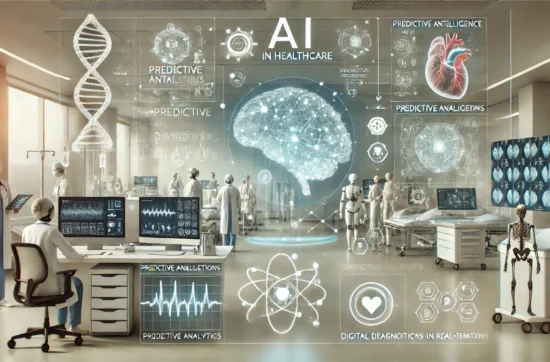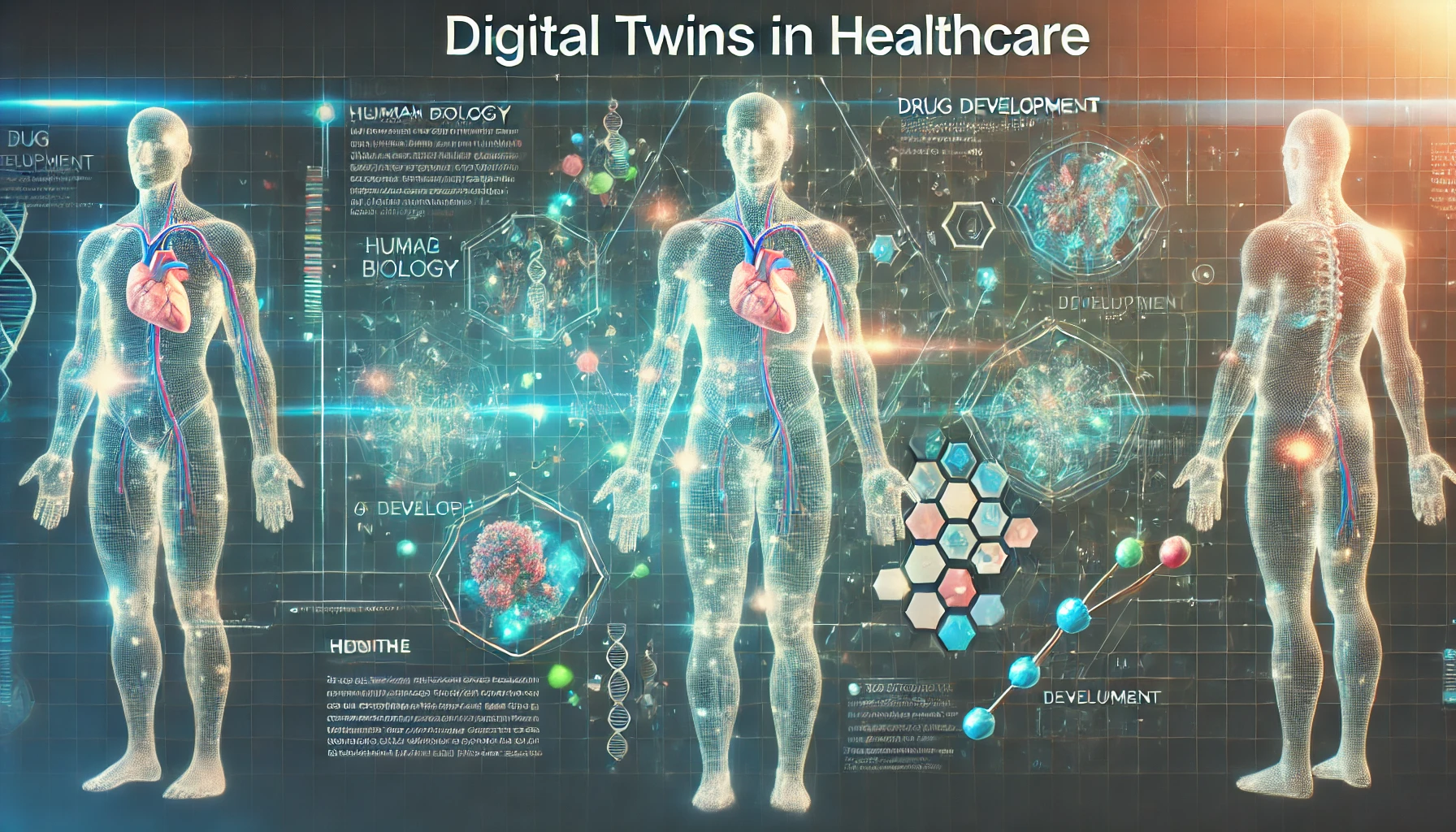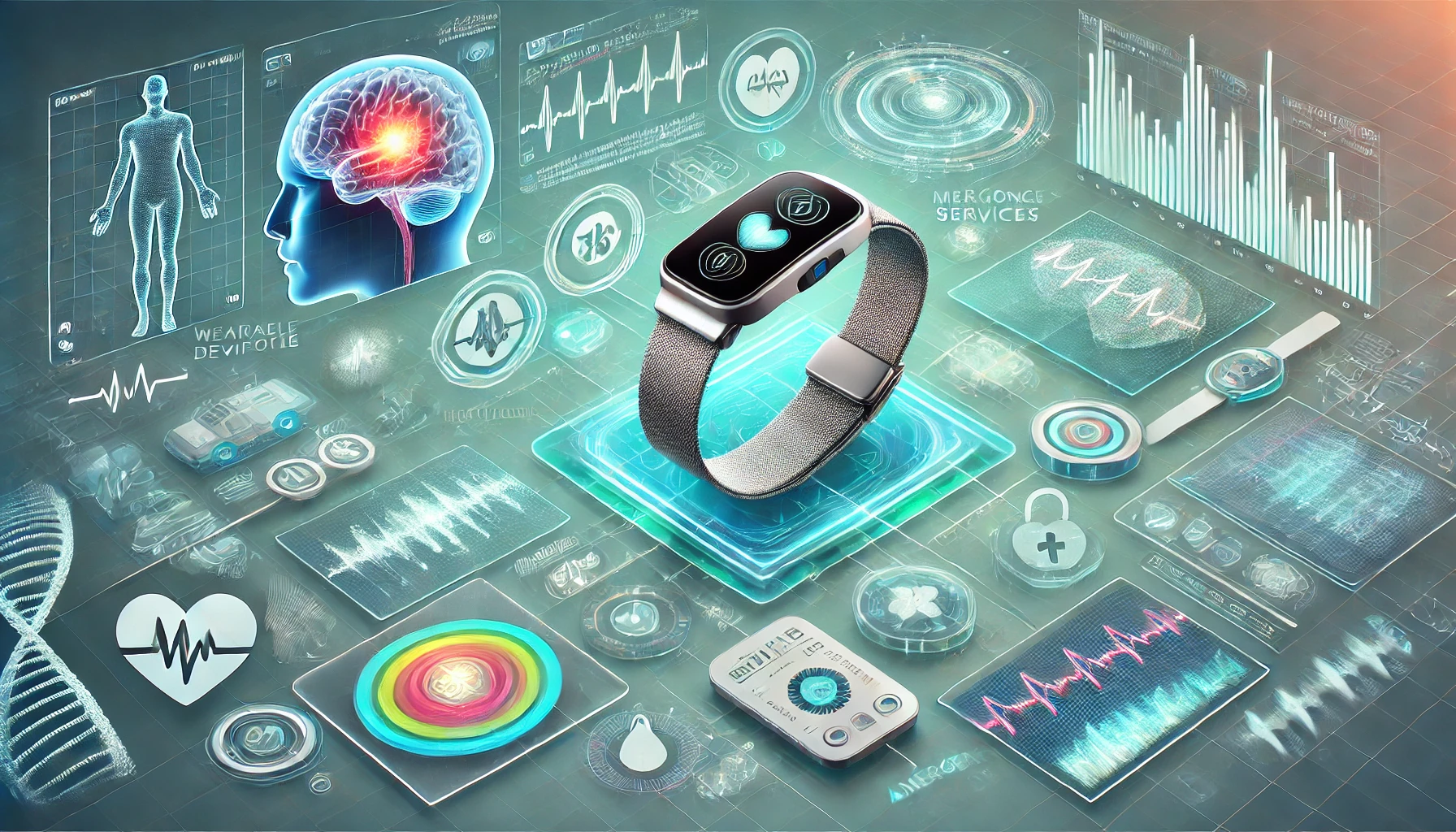Reading Time: 3 minutesBest Practices in HEOR Organizational Structure: Driving Efficiency with Digital Health
Optimizing the Health Economics and Outcomes Research (HEOR) function is vital for demonstrating therapy value and achieving market access. In this comprehensive guide, we explore how life sciences companies can restructure their HEOR teams to enhance efficiency, foster cross-functional collaboration, and leverage digital health innovations. Learn actionable strategies like implementing hybrid structures for global and regional alignment, using AI-powered tools for automation, and integrating real-world evidence platforms for payer engagement. Discover real-world insights from successful case studies and uncover opportunities for future growth with digital health solutions. If you’re looking to transform your HEOR function for operational excellence and scalability, this article provides everything you need to know.
Posts Published byPeyman Moh With over 20 years of cross-sector experience in pharmaceuticals, energy, sustainability, infrastructure, and consulting, Peyman Moh is a senior Enterprise Architect, Digital Transformation, and Innovation leader with a proven track record of driving significant organizational change. He specializes in crafting and executing complex digital transformation strategies that align with business objectives, enhance operational efficiency, and foster sustainable growth. His expertise spans the entire spectrum of innovation management, from developing AI-driven solutions to implementing strategic foresight and advanced technologies.
Scaling Compliant-by-Design Applications in Regulated Industries
Reading Time: 3 minutesScaling applications in regulated industries like finance and healthcare is no easy feat. With laws like GDPR shaping how data is stored, processed, and transferred, businesses must adopt compliant-by-design strategies to thrive globally. This article dives into best practices for designing and scaling privacy-first systems, including multi-region cloud architectures, microservices, and edge computing. Learn how a leading fintech company achieved compliance across 15 countries while reducing transaction latency to under 80ms. Whether you’re a startup or an enterprise, this guide provides actionable insights for building scalable solutions that balance compliance, performance, and customer satisfaction
Real World Evidence (RWE) in Various Therapeutic Areas
Reading Time: 3 minutesDiscover how Real World Evidence (RWE) is transforming healthcare by providing actionable insights into oncology, rare diseases, and chronic conditions. This article explores how pharmaceutical companies, regulators, and investors are using real-world data (RWD) from patient records, claims data, and registries to drive better decision-making. Learn how RWE supports FDA approvals, payer negotiations, and market differentiation, while addressing challenges like data quality and regulatory variability. Whether you’re a healthcare professional, investor, or data enthusiast, this comprehensive guide will help you understand the opportunities and hurdles in harnessing RWE to shape the future of medicine.
Navigating Innovation Challenges in Large Organizations
Reading Time: 2 minutesLarge Language Models (LLMs) are revolutionising healthcare, offering unprecedented support in diagnostics, personalised treatment, and administrative efficiency. By bridging AI with medicine, they promise enhanced patient care and streamlined operations, despite facing challenges in data privacy and AI bias. This transformative shift emphasizes the need for ethical deployment and continuous innovation in healthcare AI.
Choosing the Right Hyperscaler for AI Solutions: A Guide to Vendor Selection Criteria for Enterprises
Reading Time: 3 minutesSelecting the right hyperscaler—AWS, Microsoft Azure, or Google Cloud—is critical for businesses scaling their AI operations. Each provider offers unique strengths: AWS provides flexibility and developer tools, Azure excels in compliance and integration, and Google Cloud leads in data analytics. This article outlines key factors for hyperscaler evaluation, including technical capabilities, compliance, scalability, cost management, and risk of vendor lock-in. Learn how to align these criteria with your organization’s goals to make an informed decision that minimizes risks and maximizes ROI. Dive into a comprehensive guide on hyperscaler selection to ensure your AI and cloud strategy support sustainable growth.
Harnessing AI in Healthcare: Predictive Analytics, Diagnostics, and the Path to Personalized Care
Reading Time: 4 minutesAI is reshaping healthcare by improving diagnostics, enabling predictive analytics, and supporting personalized care. This comprehensive article covers key trends in healthcare AI, such as predictive risk assessment, AI-driven diagnostics, and natural language processing for clinical documentation. It also addresses the leading players and solutions in the market, from Google Health’s imaging tools to IBM Watson’s NLP-driven clinical decision support. While AI has massive potential, challenges like data privacy, regulatory compliance, and model bias need to be managed. By understanding these trends and limitations, healthcare providers and investors can make informed decisions on implementing AI technologies. This guide provides a balanced view of AI’s current and future impact on healthcare, offering insights into how AI can support proactive care and improve patient outcomes.
Human Digital Biology: Unlocking the Future of Healthcare with Digital Twins and AI
Reading Time: 7 minutesHuman digital biology is revolutionizing healthcare by using advanced computational techniques to create digital twins—virtual models that simulate human organs, cells, and biological processes. These digital replicas help in predicting disease progression, accelerating drug discovery, and personalizing treatments without the need for direct human or animal testing. With key players like AlphaFold (2024 Nobel Prize winner for protein structure prediction), Insilico Medicine, and Dassault Systèmes, the field is driving significant advancements in medicine. However, challenges such as data integration and regulatory acceptance remain. This article explores what human digital biology is, its applications in reducing clinical trial failures, and key industry players pushing the boundaries of this technology.
COO and CIO Synergy: Building a Future-Ready Digital Organization
Reading Time: 5 minutesFor organizations to thrive in the digital age, a strong partnership between the COO and CIO is essential. The Chief Operating Officer focuses on operational efficiency, while the Chief Information Officer drives technological innovation. Together, these two leaders can align their strategies to create a future-ready digital organization. This article explores how COOs and CIOs can collaborate effectively to bridge operational excellence with technology, fostering agility, data-driven decision-making, and digital-first cultures. By sharing responsibilities in digital transformation, adopting emerging technologies, and fostering cross-functional collaboration, they can overcome common challenges and lead their organizations into a digitally-driven future. Learn how the COO-CIO collaboration can enhance both business performance and technological advancements.
The Evolving Role of the CIO: Navigating AI Strategy, Cybersecurity, and Business Value
Reading Time: 4 minutesThe role of the Chief Information Officer (CIO) has evolved significantly, with a focus on AI strategy, cybersecurity, and aligning IT investments with business goals. Today’s CIOs are pivotal in driving digital transformation across enterprises. This post explores the top questions CIOs face in 2024, such as creating an AI strategy that delivers measurable business value, mitigating evolving cybersecurity threats, and building a future-ready IT workforce. Key insights highlight the importance of aligning AI initiatives with business goals, demonstrating IT’s tangible impact on business performance, and addressing the growing skills gap in cybersecurity and AI. Learn how CIOs can leverage data analytics to drive decision-making and develop a robust talent strategy for the modern digital landscape. Stay ahead in the evolving world of technology leadership.
Revolutionizing Epilepsy Care: How Digital Health is Transforming Seizure Detection and Management
Reading Time: 6 minutesEpilepsy, a neurological disorder affecting over 50 million people worldwide, presents unique challenges in managing unpredictable seizures. While traditional treatments like medication help, around 30% of patients experience drug-resistant epilepsy, highlighting the need for innovative technological solutions. Wearable devices like the Empatica Embrace monitor physiological signals such as heart rate, movement, and electrodermal activity to detect seizures in real-time and alert caregivers. Implantable devices like the NeuroPace RNS System take a proactive approach, using neurostimulation to prevent seizures before they occur. AI and machine learning further enhance these devices by analyzing patient data for more accurate seizure prediction. Integration with cloud platforms enables real-time data sharing with healthcare providers, improving treatment plans. While challenges remain—such as battery life, affordability, and accuracy—advancements in wearables, AI, and data integration offer a promising future for better seizure management, enhancing the quality of life for epilepsy patients.











